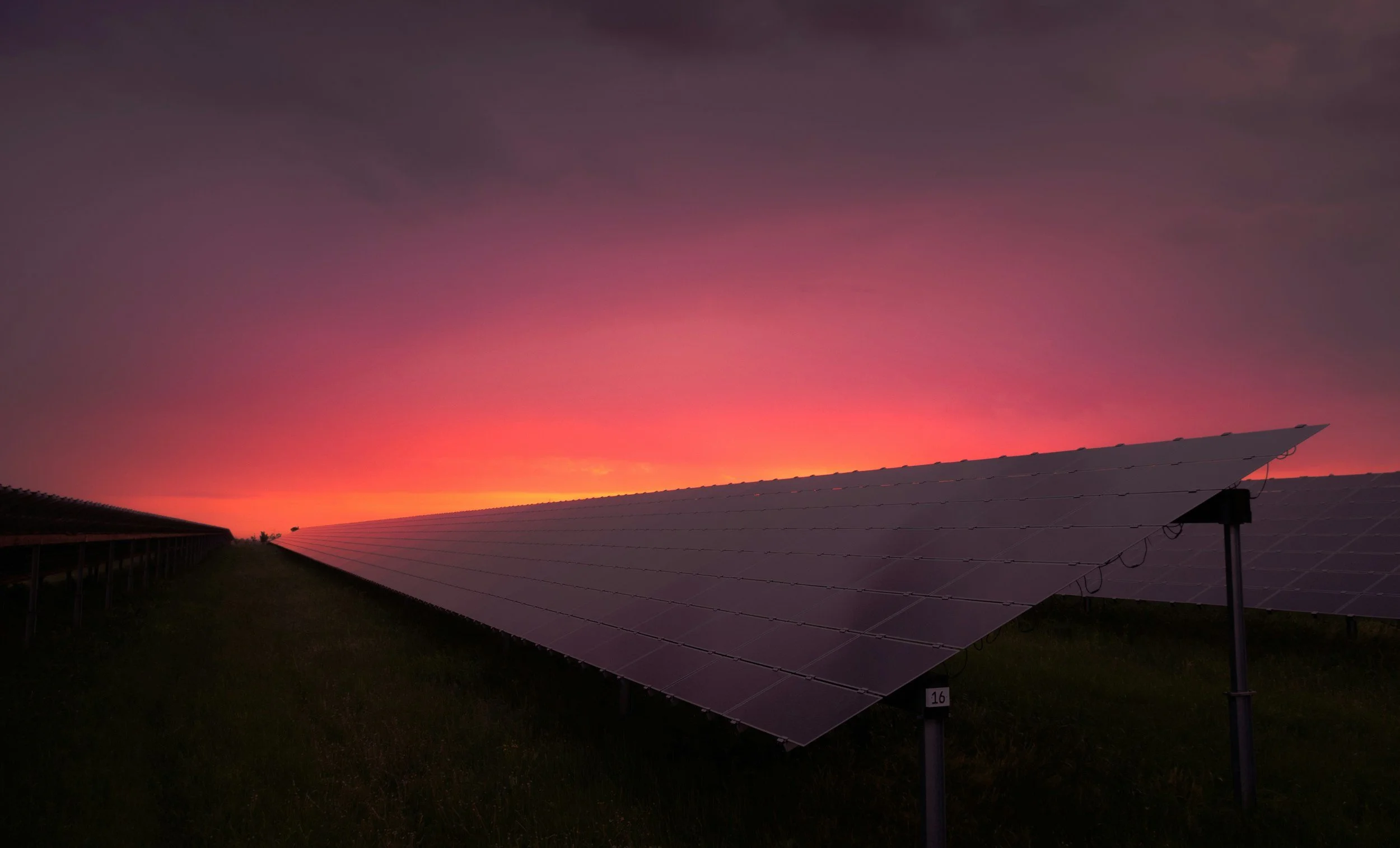Energy Market Update - 28 April 2025
European energy markets continued their downward trend last week, with gas and power prices softening due to mild weather, high LNG arrivals, and the potential for progress in Russia-Ukraine peace talks.
The European natural gas market extended its correction lower as storage levels rose and heating demand remained subdued amid persistent mild spring conditions. The front-month TTF contract is currently trading near €32.17/MWh, while the UK NBP equivalent sits at 78.50p/therm, both reflecting notable declines. The main driver has been the increase in US LNG shipments to Europe, with volumes up 18% year-on-year in April, helping EU storage levels rise to 38.41% full. This has provided a buffer against any immediate supply concerns. With summer maintenance on Norwegian gas infrastructure due to begin, up to 70mcm/day could be taken offline in early May, potentially rising to over 100mcm/day later in the month. For now, market participants are focused on the ample LNG supply and steady injections, which are outweighing any immediate concerns about Norwegian supply disruptions. Seasonal contracts for Winter 2025 and Summer 2026 remain under pressure, trading at 87.50p/therm and 74.50p/therm respectively, while the UK system is well-supplied with no significant outages reported. Three LNG cargoes are expected to arrive in the UK soon, slightly fewer than previously indicated, but ongoing interconnector flows and continental oversupply are expected to keep the system balanced.
UK power prices mirrored the moves in the gas market, with the Day-Ahead Baseload contract dropping to £78/MWh, the Front Month at £72, and the Front Season at £81. These declines have been driven by plentiful gas supply, continued weak demand, and robust renewable generation, especially from solar. Periods of negative spot prices were observed across northwest Europe during intervals of high solar output and limited demand. Forecasts for the coming week suggest that temperatures will remain well above seasonal norms, further limiting system demand. Wind generation remains below average, providing some support for gas-fired power demand, though not enough to reverse the broader downward trend. Interconnector flows are strong, particularly from France, where nuclear output is steady and French baseload prices remain below those in the UK. Forward contracts in both France and Germany fell several percent week-on-week. Looking ahead, a return to more typical temperatures in early May may prompt a slight increase in demand and wind output, but absent a significant rise in carbon or fuel prices, power markets are likely to stabilise around current levels.
In other commodity markets, Brent crude edged higher to $66.87/bbl and WTI crude to $63.02/bbl, with oil prices influenced by ongoing US-EU trade discussions and global demand uncertainty. Supply fundamentals remain broadly stable. EU carbon prices slipped to €68.14/tonne for December 2026 contracts, amid wider concerns over economic growth and emission trends. Rotterdam coal for 2026 delivery declined more than 5% week-on-week, settling at $103.31/tonne. Asian LNG (JKM) for May is priced at $12.46/MMBtu, with Northwest Europe LNG at $10.94/MMBtu, both reflecting downward pressure from strong US supply. Henry Hub sits at $2.94/MMBtu. The continued influx of US LNG is weighing on global sentiment and regional prices.
Elsewhere, the EU is preparing to vote on introducing more flexibility into its 90% gas storage target for November, which could allow operators to better manage supply and demand shocks. Diplomatic efforts towards a Russia-Ukraine ceasefire have intensified, with signals of possible territorial concessions from both sides, although no final agreements have been reached. The US-EU tariff standoff remains unresolved, keeping broader commodity markets volatile, though energy products are still exempt from tariffs for now. Norwegian gas infrastructure is entering a period of heavy summer maintenance, with over 100mcm/day of supply potentially coming offline in May. US LNG deliveries to the EU reached 4.8 bcm in April, with France and the UK leading intake and Spain also increasing its volumes, further reducing reliance on Russian gas. Carbon prices in both the EU and UK have softened, narrowing the price spread, and proposals for linking the two carbon markets are under review. Meanwhile, strong solar output in Europe continues to produce periods of negative spot electricity prices, though wind output is expected to normalise in early May. The pound has strengthened slightly against both the US dollar and the euro, easing energy import costs for the UK.
